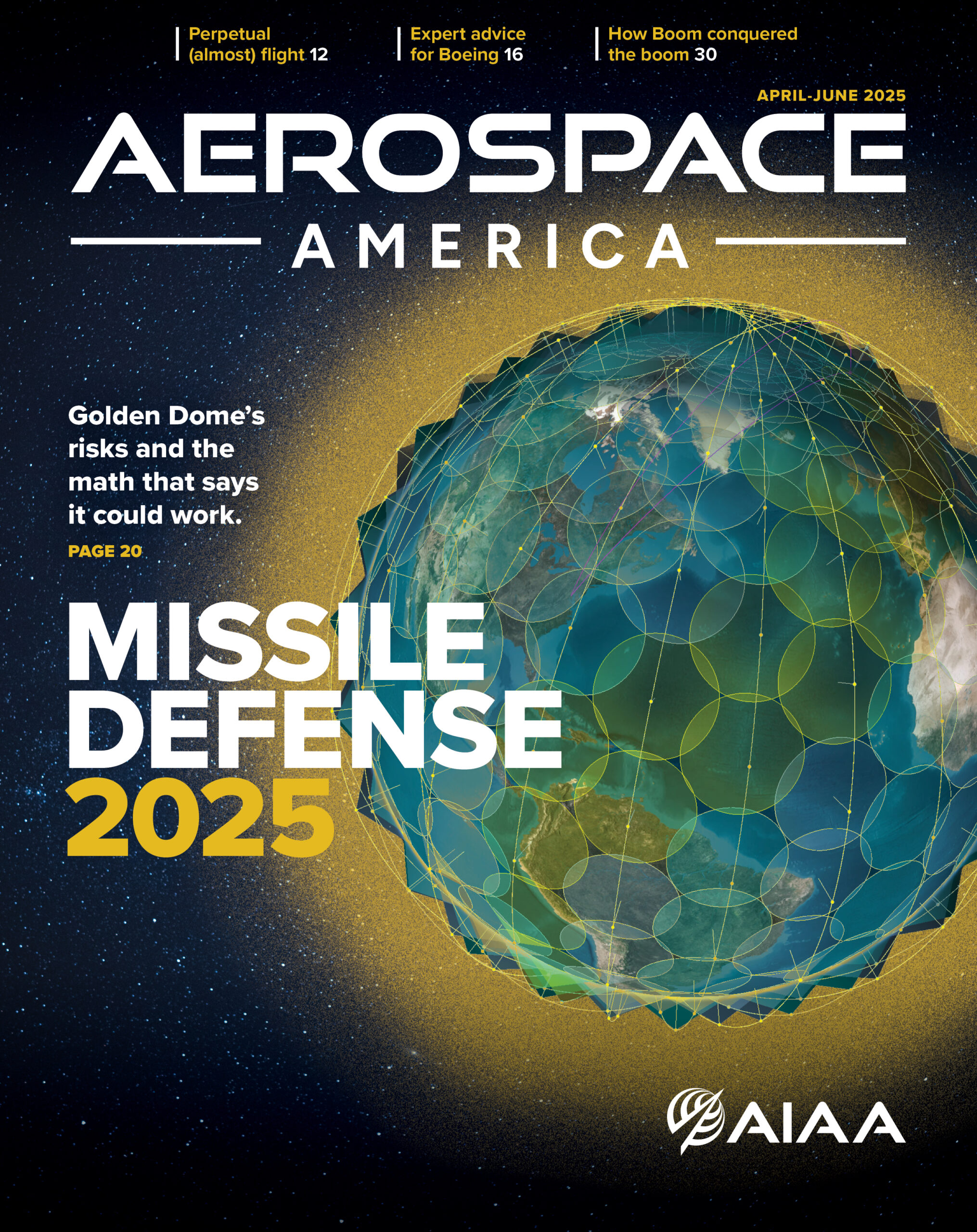Stay Up to Date
Submit your email address to receive the latest industry and Aerospace America news.
NASA employee Naomi Torres sits in the air taxi passenger ride quality simulator at NASA’s Armstrong Flight Research Center in 2024. Credit: NASA
Even as the electric air taxi industry prepares to build and fly thousands of aircraft to ferry passengers within or between cities, increasing reports of jetliner turbulence at cruising altitudes are raising concerns about how ride quality might affect customer adoption of air taxis.
The air taxi developers closest to obtaining FAA type certification have said little about the topic, but NASA has taken notice and last year initiated ride quality research for urban air mobility flights. Now, the agency is preparing to begin a new round of studies and simulated tests on what passengers might experience onboard an electric air taxi.
In a laboratory at Armstrong Research Center in California, set up specifically for this work, researchers last year tested 23 volunteers in simulations that are still being evaluated. In a paper published in May, they reported that nine of the test subjects — all of whom were NASA employees — described at least part of the simulation as “not comfortable.”
According to the study, air taxis “might exhibit motions during hover and low-speed flight that are unfamiliar to many passengers, and for which there are no established guidelines to predict passenger comfort.”
For more about advanced air mobility, receive the True Mobility newsletter in your inbox.
With these ongoing tests, the aim is to expand on the types of motion that could be felt during an air taxi ride, said Curtis Hanson, principal investigator of passenger ride quality research at NASA’s Armstrong Flight Research Center inside Edwards Air Force Base.
“We’re going to look at other types of motion that would be felt upon approach and landing particularly,” Hanson told me. The tests are to be conducted in the Virtual Reality Passenger Ride Quality Laboratory at NASA Armstrong. This simulator consists of a chair mounted on an electric stand that exposes the occupant to movements like those of an aircraft in flight, while they view and hear a simulated flight through virtual reality goggles.
It’s a much smaller type of simulator than the giant Vertical Motion Simulator at Ames Research Center in Silicon Valley, built in the 1970s to evaluate the motion of everything from lunar landers to supersonic aircraft.
“We will also start looking at things like how does the view out the window change comfort level,” Hanson said. “Or how does the presence of a pilot change how the passengers feel, in terms of their comfort level, versus a fully autonomous vehicle? Or would passengers feel more comfortable if you provide certain information about the flight profile or conditions? So those are all things that are things we’re interested in but we don’t have specific studies planned for yet.”
NASA in the research paper referred to that effort as the J3ERQ study, short for Jerking, Jostling, and Jolting Effects on Ride Quality. Many of the air taxis in development are designed to approach landing spots on a vertical incline, possibly with a need to decelerate quickly while descending. Hanson said NASA didn’t intentionally test any anomalies, like an engine going out, but some maneuvers were designed to mimic a sudden move by a pilot to respond to obstacles or other aircraft.
In response to questions about the impact of the Trump administration’s proposed budget cuts, the agency told me by email that the ride quality study is to be “folded into other NASA activities, allowing the highest priority research to continue.” It did not address the future of Hanson’s specific research.
Asked about passenger ride quality, several leading air taxi developers did not respond.
In an email, however, California-based Wisk Aero told me that “we recognize flying in a small aircraft at relatively low altitudes will be a new experience for our customers. To help mitigate concerns, Wisk is using a combination of flight tests, existing ride quality standards, and collaboration with government partners to help tune our flight controls to provide the best ride quality experience.”
Wisk, a Boeing subsidiary, declined to say whether it is partnering with NASA on Hanson’s ride quality study, but noted that “we have an active space act agreement with NASA, and ride quality is one of many issues that we are exploring.”
BETA Technologies in Vermont told me by email that its fixed-wing aircraft design has “relatively high wing loading” which “enables it to perform better than comparable small aircraft in terms of susceptibility to gusts.”
“Passenger experience in fixed-wing flight is actively being evaluated” in test flights the company has performed recently, the email said. “BETA’s flight control law has a number of dampers designed to smooth out the ride and reduce the impact of turbulence.”
About paul brinkmann
Paul covers advanced air mobility, space launches and more for our website and the quarterly magazine. Paul joined us in 2022 and is based near Kennedy Space Center in Florida. He previously covered aerospace for United Press International and the Orlando Sentinel.
Related Posts
Stay Up to Date
Submit your email address to receive the latest industry and Aerospace America news.




